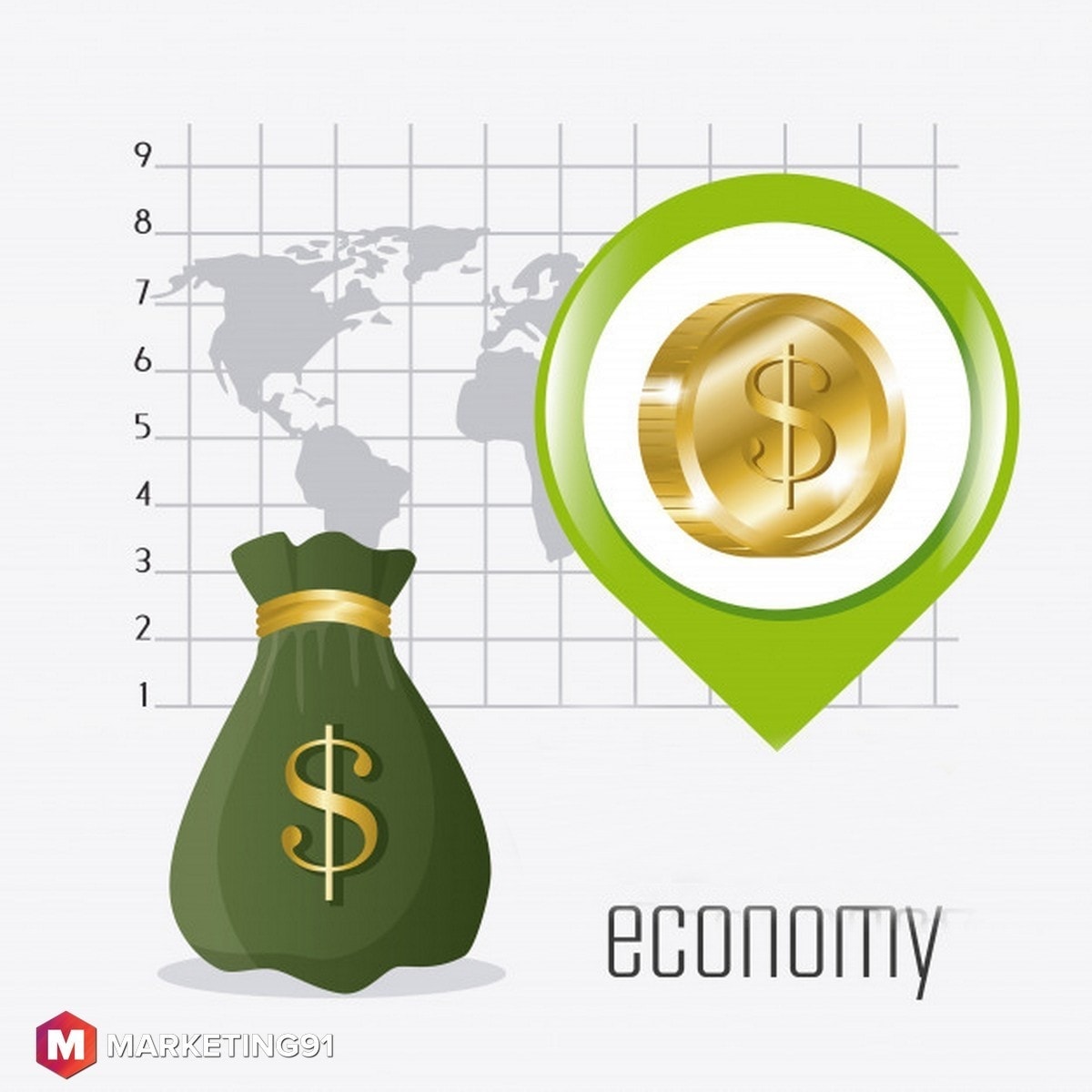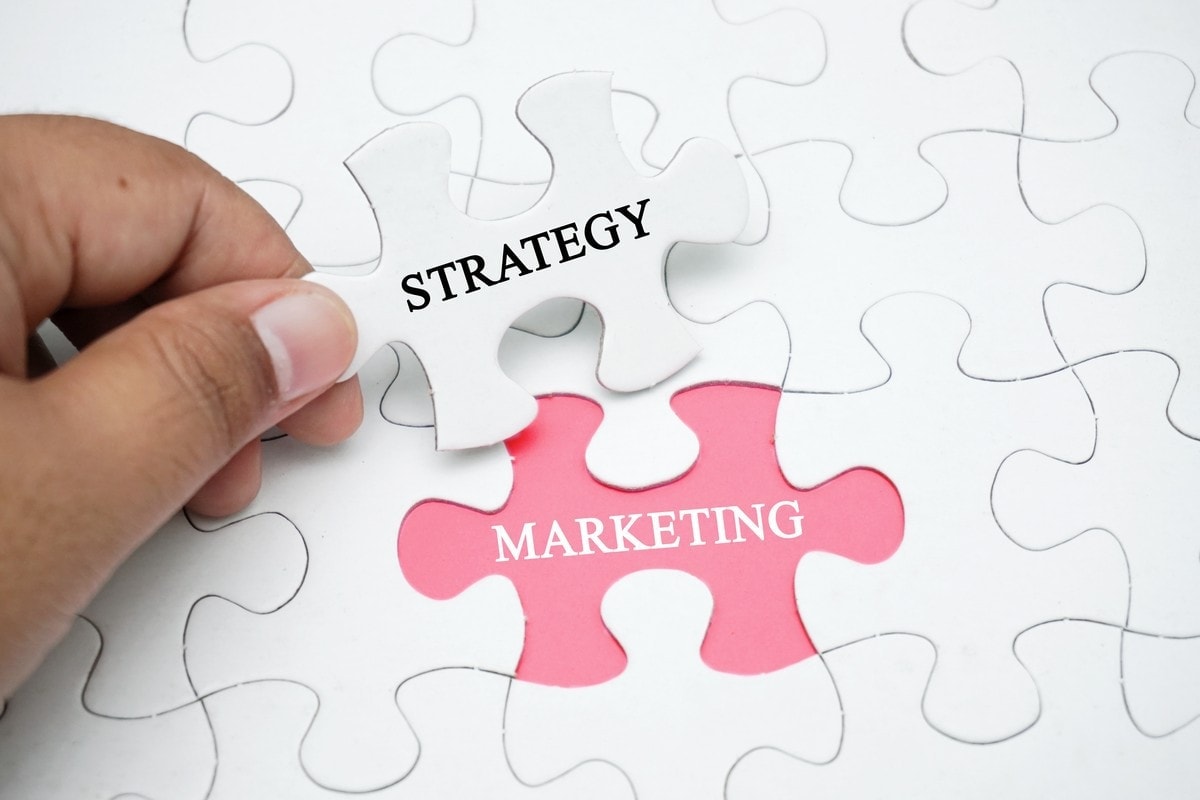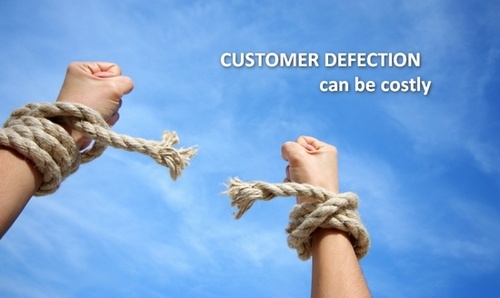
The Economic Cycle: Stages, Causes, Examples, and Features Explained
The Economic Cycle: Stages, Causes, Examples, and Features Explained
The upward or downward movement of GDP or gross domestic product around a long duration trend of growth is called an economic cycle. It is also termed a business cycle or trade cycle. This fluctuation between growth and degrowth is natural and part of the boom and decline phase of the business cycle.
Multiple factors like income of people, economic factors, etc. are to be taken into consideration and help to determine the stages of different people in different stages of the cycle.
During the growth phase, there is a huge investment in capital goods and technology, but in times of depression, the investors invest in healthcare and utilities and financials.
Table of Contents
Stages Of The Economic Cycle
Typically there are six stages of the economic cycle. These phases follow each other and are irrevocably connected and affected with each other. Following are the six stages:
#1. Expansion:
The expansion phase of the economic cycle, as the name suggests, is the growth phase. In this stage, not only the expansion of the economy takes place but also production rate increases.
Since both of them directly affect each other, it is obvious that if one increases, the other will rise. Since its expansion phase everywhere, it also pushes the interest rates low and encourages people for investment. The growth rate, ideally, should be in double-digit, and the interest rate is a single digit.
#2. Peak:
The peak phase in the economic cycle is characterized by a max out in the growth of the economy. The growth in the peak is maxed out and does not grows beyond a further limit. Economic growth is the highest, and it is an indication that there will be no further rise in its growth.
Prices have increased to their limit, and in some cases, the spending capacities of people also go up. This is because the income of people is also at its peak.
#3. Recession:
Soon after the peak phase, the phase of recession follows. Things start to go downhill on a slower but consistent pace. Its steady decline in almost everything characterizes the recession phase. This phase is exactly opposite to that of the growth phase.
The investment slows down, and so does the flow of capital in the market. The positive factors of the economy, including growth slows down, and the descent begins.
#4. Degrowth:
The phase that follows the peak is that of the recession. The graph starts going down, and there is a decrease in jobs and an increase in unemployment. The prices that had gone up during peak phase either further go up or stay stable, and in either of the cases, people will not be able to afford to purchase.
Even the necessities are purchased only as and when required on the availability of the money.
#5. Depression:
In depression, which follows the degrowth, the phase is the one in which the growth rate plunges even further. The decrease goes down further until the cycle of demand and supply is severely affected.
The expenses are more than that of income on a national level. The graph finally reaches stability in which the growth is lowest, and it is the lowest that a graph can go. This phase is exactly opposite to that of the peak phase.
#6. Recovery:
As the name suggests the recovery fees, which follows that rough is the one in which slow growth starts. There is a turnaround of the graph from the earlier phase, and recovery of the economy is seen at a steady rate.
Since the prices are at their lowest and could not go any further lower the demands slowly starts to pick up, and this affects the supply positively.
It is also seen that investment and unemployment slowly start to pick up, which ultimately increases production. Since the employment resumes, this also positively affects bankers, and investment slowly picks up.
Recovery takes a very long time depending on the recession that has taken place, but once the recovery phase is completed, this slowly turns into the growth phase and continues the cycle.
Features Of The Economic Cycle
Following a few of the common features which are found in the economic cycle:
- The economic cycle is one of the crucial affecting factors for the turnover of consumer goods like washing machines, television sets, houses, etc. These goods are the ones who are affected the most by the fluctuations in the economic cycle.
- The economic cycle or economic cycle is one of the important factors which affects many variables, including consumption, employment rate, price rise, rate of interest, and investment in many sectors.
- All of the phases of the economic cycle are considered to be synchronized with each other. That is depression or expansion occurs at the same time in almost all of the industries and their sectors in the economy.
- It is often observed that this recession or expansion forms a chain and is passed from one industry to other until it affects the entire economy. The reason this happens is that most of the industries are dependent on other industries for procurement of raw material for the processing of the final product. This is observed in both receptions for depression and expansion phase.
- It is a common assumption that business cycle frequently occurs repeatedly and regularly. The regularity may often differ, and the frequency of the economic cycle may differ, but the unique phases of the economic cycle, which are expansion, peak, trough, etc. make their presence anyway. The variation in the routine of this economic cycle is from 2 years to 10 years.
- It is often seen that inventories are the ones who suffer a lot and immediately due to expansion for the growth of the economic cycle. When there is a reception, all of the inventory management fails, which leads to negative effects in production. On the other hand, when there is a rise from the trough phase, the production is affected positively. In the case of the earlier scenario, businessmen are discouraged from increasing the orders and investing in production while in letter case investment is increased.
- An important characteristic of the economic cycle is that there is a huge fluctuation of profitability during every cycle of the economic. This leads to a lot of uncertainty, and it also makes it very cumbersome for businessmen to invest.
- One of the important characteristics of the economic cycle is that most of the economic cycles of different countries are related to each other. That is to say when one country is going through a particular phase of the economic cycle that phase soon starts to pass to other countries as well because of international trade. For example, if there is a recession in the United Kingdom then and it will affect the import of united kingdoms from different countries which will affect the export of different countries which will affect them directly.
Causes of The Economic Cycle
One may often wonder why do economic cycle takes place. There are multiple reasons associated with the economic cycle. Following are a few of them:
#1. Population:
Population affects the economic cycle directly because an increase or decrease in population affects the demand and supply ratio, which is a direct responsible and primary affecter of the economic cycle.
More the number of people more will be the demand and more has to be the supply and vice versa. Not only the population but the growth of the population rate affects the economic cycle. This can be seen from the vast difference in developing and developed countries.
#2 Demand:
Sometimes there may be a rising demand without the rise of population because of other factors. For example, there would be seen a rise in sales of an umbrella as if the natural calamities like excessive rain occurs.
In this case, the population is the same, but natural calamity is the one which affects. This is why demand is directly responsible for causing an economic cycle.
#3. Monetary and government policies in The Economic Cycle:
This can be considered perhaps as the primary cause of the economic cycle. Change in the policy of the government on monetary policy impacts directory to the economic cycle.
If the government policy introduces a new policy that a certain product cannot be sold in India, then it affects the sales of that product, and in turn, this affects inventory of the product.
#4. Interest rates:
One of the important factors which affect the economic cycle is government interest rates. If there is a rise in increase rate that discourages investors from investing and then there is hardly any growth seen in the economic cycle.
On the other hand, if the interest rates are low more and more investments will come forward, which will increase the opportunities and grow the economy.
Examples of the business or The Economic cycle in history
In July 1890, the USA saw a peak of business activities, but in 1891 May, it faced trough.
In Jan 1913 there was a peak in the USA, but in 1914 Dec, there was a trough.









